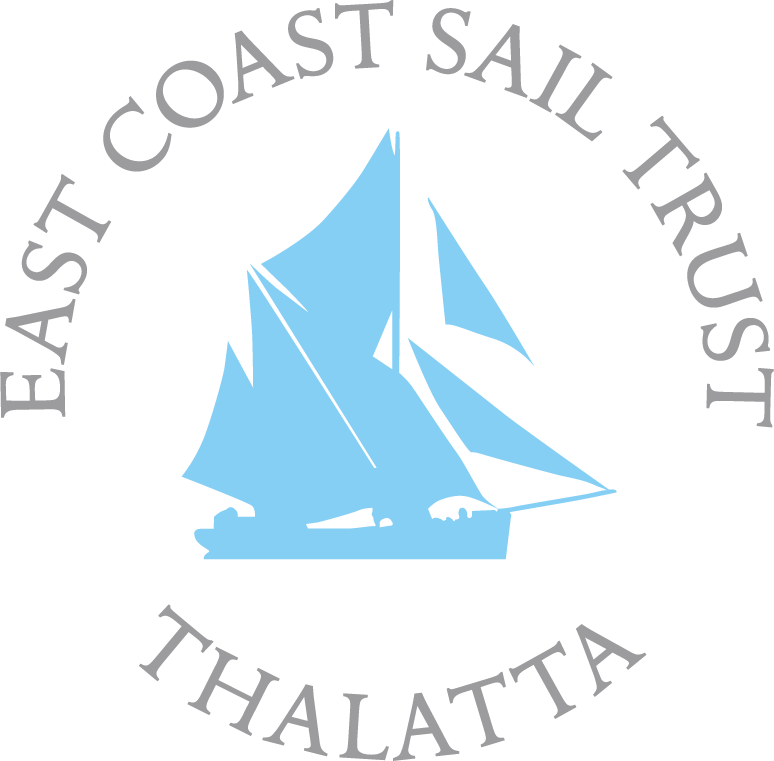During WWII
Thalatta narrowly missed being sent to Dunkirk in 1940. Sixteen Thames Barges were among the boats sent to help evacuate the hundreds of thousands of British soldiers trapped on the beach, and six of them were from R. & W. Paul. Why Thalatta was left behind nobody knows, but it is possibly due to not having an engine installed in her at that time. Nine of the sixteen barges sent over never returned. But of the ones who did, one of the most bizarre return journeys was made by Ena, the sister barge of Thalatta. Ena had been abandoned in France, and her crew rescued, and it was believed that the barge actually managed to drift her way back to Britain all on her own, ending up on the beach off Sandwich. However, research by the Association of Dunkirk Little Ships uncovered the true story:
No less than six of the sixteen barges which sailed to Dunkirk were owned by R & W Paul. The Ena survived the one-hundred mile outward journey across the English Channel which was strewn with mines. During their crossing they endured constant air attacks. Finally, Alfred Page, her skipper, was ordered to beach her close to the smaller sand barge H.A.C. As the Germans closed in, the crews of both barges were ordered to abandon their ships and escape on a minesweeper to England.
There are two eye-witness accounts of what happened next. Alex Smith recalls how he, with 30 men of the Duke of Wellington’s Regiment commanded by Captain David Strangeways their Adjutant, arrived on La Panne beach. They could not believe their luck when they saw two barges in seaworthy condition anchored and almost afloat. They took possession of the barge H.A.C. while Colonel McKay with his men of the 19th Field Regiment, Royal Artillery boarded the Ena which was beached not far away. Captain Atley of the East Yorks Regiment, also remembers the event. He was at the mole at Dunkirk and together with one of his men, made a raft. Using shovels, they rowed out to the Ena. They helped 36 other men on board including three wounded and by 0800 they were under sail.
Then, according to Alex Smith, the two ships got involved in one of the most remarkable barge races of all time. Under constant enemy bombardment and machine-gun fire, they crossed the Channel. Captain Atley recalls that by midnight they took a back-bearing on Dunkirk and found they had gone too far South-West. His only sailing experience had been on the Broads and he had forgotten to put the leeboards down. So they altered course to North-Northwest and finally sighted the North Goodwin buoy. They then had to tack again towards the South Goodwin lightship. Eventually, the Ena was picked up by a tug or fleet auxiliary and taken into Margate. Since the harbour was full, the empty barge was then towed out and left anchored off Deal. The shipping manager of R & W Paul, who had presumed the Ena lost on the beaches of Dunkirk, was amazed when he was told and asked what he proposed to do about it. Alfred Page, her skipper, by then back in Ipswich, was sent to recover her. He found the Ena seaworthy but stripped of all her gear. ‘They had taken the sweeps, mooring lines, fenders and even my false teeth which I had left behind in a glass of water by my bunk!’ he said, ‘you can’t trust these men of Kent!’ So he sailed her back to Ipswich.
